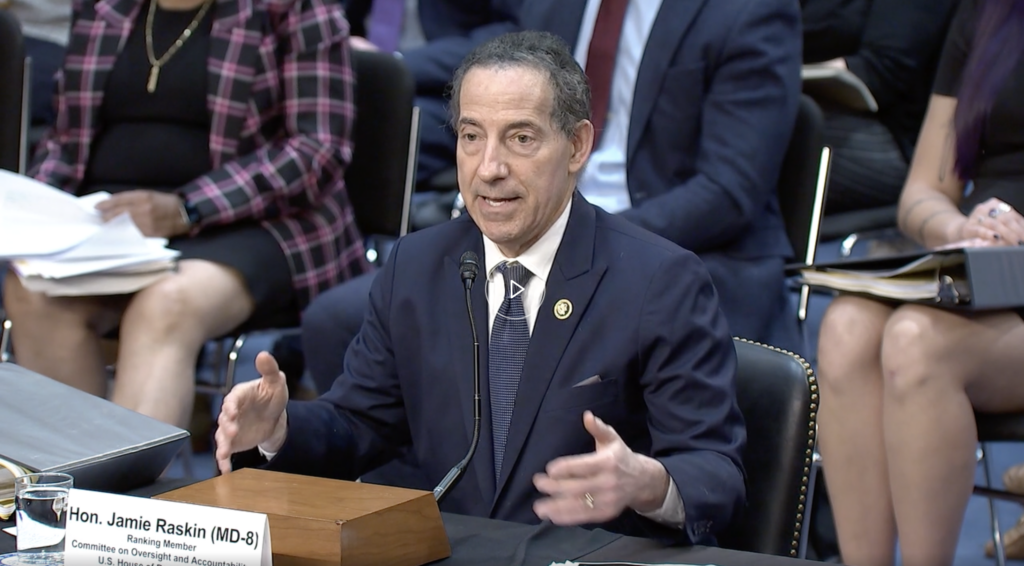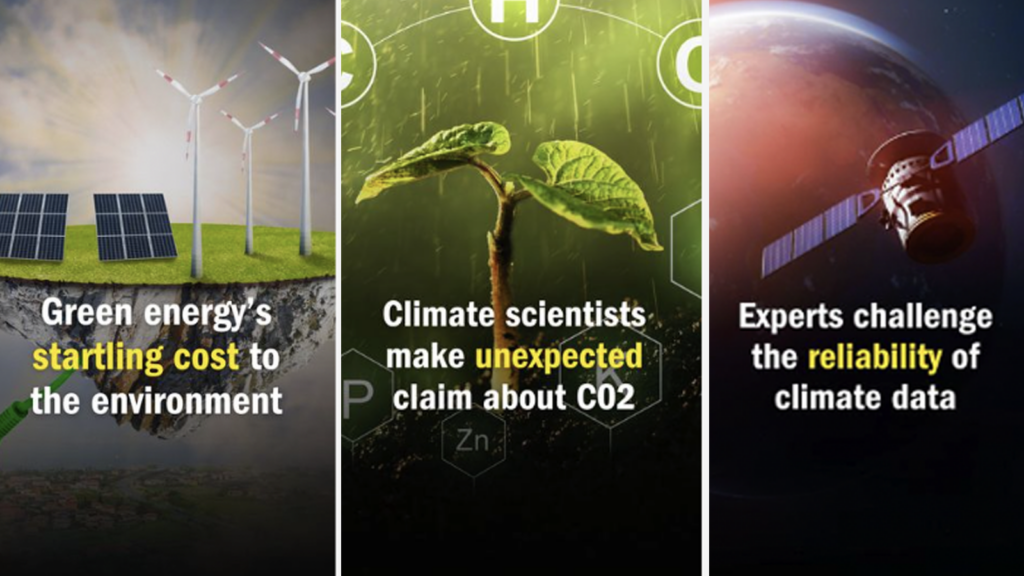Less than a day after Canadian Transportation Minister Lawrence Cannon announced the “possibility” of strict new auto emission standards, the newspapers are already filled with threats of dramatic car price increases. The spin season has begun again.
This flurry of threats and misinformation is destined to continue with greater intensity for the next 60 days, the period in which Minister Cannon said the Government of Canada will consult with the automotive industry and environmental groups about the potential for auto emission standards that meet or exceed the new American regulations.
Anticipating the announcement, industry officials warned immediately that “chaos” could ensue if provinces such as Quebec join states like California in implementing more stringent regulations. Presumably, the automakers also accord Canada a “provincial” status as the fight is on to have only one North American standard – the still-lax U.S. emission rate recently signed into law by President George Bush.
What of the spin? Well, first of all, the U.S.-based auto industry research house Automotive Compass LLC announced that the new standards can be expected to drive up costs per vehicle by “$3,000 to $7,000 for most automakers, but as little as $2,000 for Honda Motor Co. and Toyota.” That’s a stretch when the Globe and Mail, quoting statistics from the Centre for Automotive Research, notes that Toyota’s passenger car fleet-average fuel consumption (6.4 liters per 100 kilometres) is already BELOW the proposed U.S. standard of 6.7 l/100k. (For U.S. readers and any Canadian born before 1980, 6.7 litres per 100 kilometres is equivalent to about 35 US miles per gallon.)
So, are we to believe that it will cost Toyota $2,000 per car to meet a fleet standard that its vehicles already surpass? Are we to accept a projection of car and truck sales that makes no effort to factor in the possibility that people might just start buying more small cars and fewer Ford trucks and GM Hummers?
This, though patently ridiculous, still earned Page 1 play in Canada’s national newspaper.
Unfortunately, this level of disingenuousness has marked Canadian policymaking – and media coverage – for some time. When the Liberal government of then-Prime Minister Paul Martin brought in laughable, inadequate and voluntary standards in 2005 (see attachment), then-Environment Minister Stephane Dion presented it as some kind of breakthrough. Now, Dion has to face the humiliation of listening to the current Transportation Minister claiming that he is a noble environmentalist by comparison. Cannon said:
“I’ve got (Liberal Leader) Stephane Dion that goes out and does a lot of talking but the only thing he does is call his dog Kyoto. So I can’t put a rule in regulation there and call it Kyoto. I have to be able to do something tangible.”
Leaving aside the grammatical awkwardness, Cannon’s point is reasonably taken. Until the Liberals acknowledge and apologize for their own risible record on addressing global warming, no one will take their current environmental righteousness seriously. And as long as the Canadian Conservative Party is facing an Opposition that also has little credibility on this issue, Canadians can expect little change in this effort to dress up continued inaction.
The world needs action. Canadians need some real political leadership. The next 60 days will give us a slightly better idea of whether we can expect either.
Subscribe to our newsletter
Stay up to date with DeSmog news and alerts






